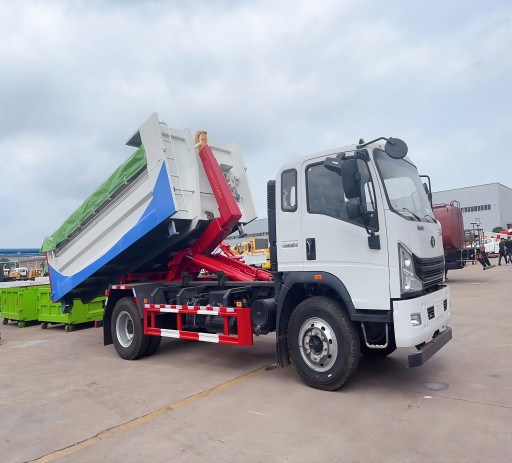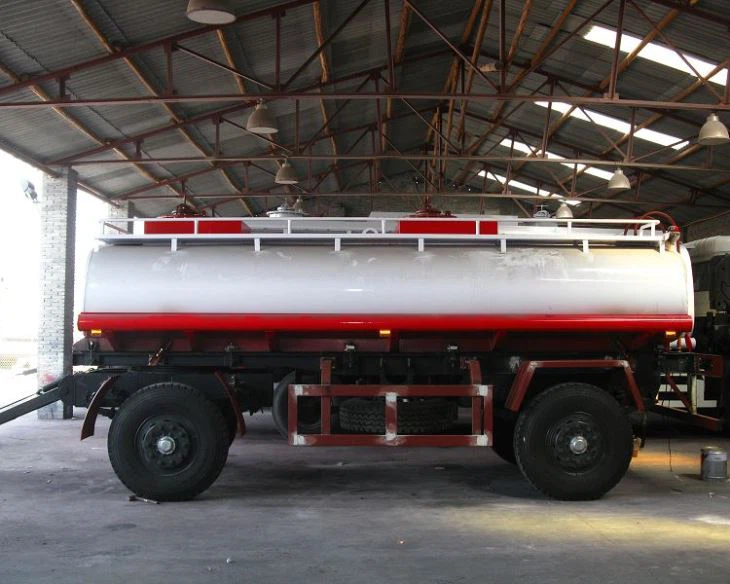Lugger Truck: The Ultimate Guide to Understanding and Utilizing These Versatile Vehicles

When it comes to transporting goods efficiently, the lugger truck stands out as an indispensable tool in various industries. From construction sites to waste management, lugger trucks offer unique advantages that traditional vehicles may lack. This comprehensive article will delve into everything you need to know about lugger trucks, their applications, types, and operating tips, ensuring you’re well-prepared to leverage their benefits.
What is a Lugger Truck?
A lugger truck, often known as a lugger vehicle, is a specialized type of truck designed for the transportation of bulky and heavy loads. Unlike standard flatbed trucks or box trucks, lugger trucks feature a unique design that allows them to carry containers or dump bodies that can easily be loaded, unloaded, and transported.
The Design and Features of Lugger Trucks
Key Design Elements
Lugger trucks are characterized by several distinct design elements that enhance their functionality:
- Container System: Lugger trucks are designed to carry standardized containers, typically ranging from 10 to 20 yards in capacity.
- Hydraulic Lift: These trucks are equipped with a hydraulic lift system, allowing for easy loading and unloading of containers.
- Heavy-Duty Chassis: The chassis is built to withstand heavy loads, ensuring durability and safety during transportation.
- Versatile Configurations: Lugger trucks can be configured with different container styles, including dump bodies and flatbeds, depending on the task.
Types of Lugger Trucks
| Type | Description | Typical Applications |
|---|---|---|
| Standard Lugger Truck | Basic design for general transportation of containers. | Construction, landscaping, waste management. |
| Dump Lugger Truck | Specialized for transporting loose materials with tipper functionality. | Construction sites, debris removal. |
| Flatbed Lugger Truck | Designed for moving oversized items or materials without containers. | Transportation of machinery, scaffolding. |
Applications of Lugger Trucks
Construction Industry

Lugger trucks are extensively used in the construction industry, where transporting heavy materials such as gravel, sand, and concrete is essential. Their efficient loading and unloading systems enable faster site operations, minimizing downtime.
Waste Management
In waste management, lugger trucks serve a critical role in transporting debris and refuse. Their ability to handle large volumes of waste makes them ideal for construction debris, municipal refuse, and recycling materials.
Landscaping Services
Landscapers benefit significantly from lugger trucks when moving soil, mulch, and other landscaping materials. The ease of loading and offloading allows them to fulfill their projects more quickly and effectively.
Operational Tips for Lugger Truck Users
1. Pre-Operation Checks

Before using a lugger truck, conduct a thorough pre-operation check, including:
- Inspecting hydraulic systems for leaks.
- Checking tire pressure and tread condition.
- Ensuring all lights and signals are operational.

2. Proper Loading Techniques
For optimal safety and performance, follow these loading techniques:
- Distribute weight evenly to maintain balance.
- Avoid overloading beyond the truck’s capacity.
- Secure loads to prevent shifting during transit.
3. Driving Practices
When operating a lugger truck, adhere to safe driving practices:
- Maintain a safe following distance, especially when loaded.
- Be cautious around corners, as the truck may have a wider turning radius.
- Reduce speed on uneven terrain to prevent tipping.
Cost Considerations for Lugger Trucks
Initial Investment
The price of lugger trucks can vary significantly based on the type and features. Generally, you can expect to pay anywhere from $30,000 to $75,000 for a new lugger truck, depending on specifications.
Maintenance Costs
Regular maintenance is vital to ensure the longevity and safety of lugger trucks. Typical maintenance costs can range from $500 to $1,500 per year, including:
- Oil changes and filter replacements.
- Tire replacements and alignments.
- Hydraulic system servicing.
Choosing the Right Lugger Truck for Your Needs
Assessing Your Needs
When selecting a lugger truck, consider the following factors:
- The type of materials you will frequently transport.
- The volume and weight capacity needed.
- Your budget for initial purchase and ongoing maintenance.
New vs. Used Lugger Trucks
Deciding between new and used lugger trucks involves weighing benefits such as warranty, condition, and price. New trucks come with the latest technology and full warranties but are significantly more expensive. Used trucks offer savings but require careful inspection for condition and service history.
Environmental Considerations
Emissions and Regulations
Lugger trucks must comply with local and federal emissions regulations. Understanding these can help avoid penalties and ensure the vehicle meets environmental standards.
Best Practices for Eco-Friendly Operation
To operate lugger trucks environmentally responsibly:
- Implement fuel-efficient driving practices.
- Maintain the vehicle to prevent excess emissions.
- Consider investing in alternative fuel options if applicable.
Future Trends in Lugger Truck Technology
Advancements in Efficiency
As technology evolves, lugger trucks are becoming more efficient. Future advancements may include:
- Hybrid and electric lugger trucks that reduce emissions.
- Enhanced navigation and telematics for route optimization.
- Automated loading and unloading systems for efficiency.
Smart Features
Integrating smart technology into lugger trucks prepares operators for the future. Features such as real-time tracking, maintenance alerts, and driver assistance systems can improve safety and efficiency.
FAQs About Lugger Trucks
1. What is the primary use of a lugger truck?
The primary use of a lugger truck is to transport large and heavy loads, often in the construction, waste management, and landscaping industries.
2. How much weight can a typical lugger truck carry?
A typical lugger truck can carry between 10,000 to 30,000 pounds, depending on its design and specifications.
3. Are lugger trucks fuel-efficient?
Lugger trucks can vary in fuel efficiency based on their size and load. However, many operators can improve efficiency by following best driving practices and maintaining the vehicle properly.
4. What maintenance is required for lugger trucks?
Routine maintenance includes oil changes, tire inspections, hydraulic system checks, and brake servicing to ensure optimal performance and safety.
5. Can you rent a lugger truck instead of buying one?
Yes, many rental companies offer lugger trucks for short-term needs, which can be a cost-effective solution for occasional use.
6. What should I consider when buying a used lugger truck?
When buying a used lugger truck, consider its condition, maintenance history, mileage, and compliance with current emissions regulations.
